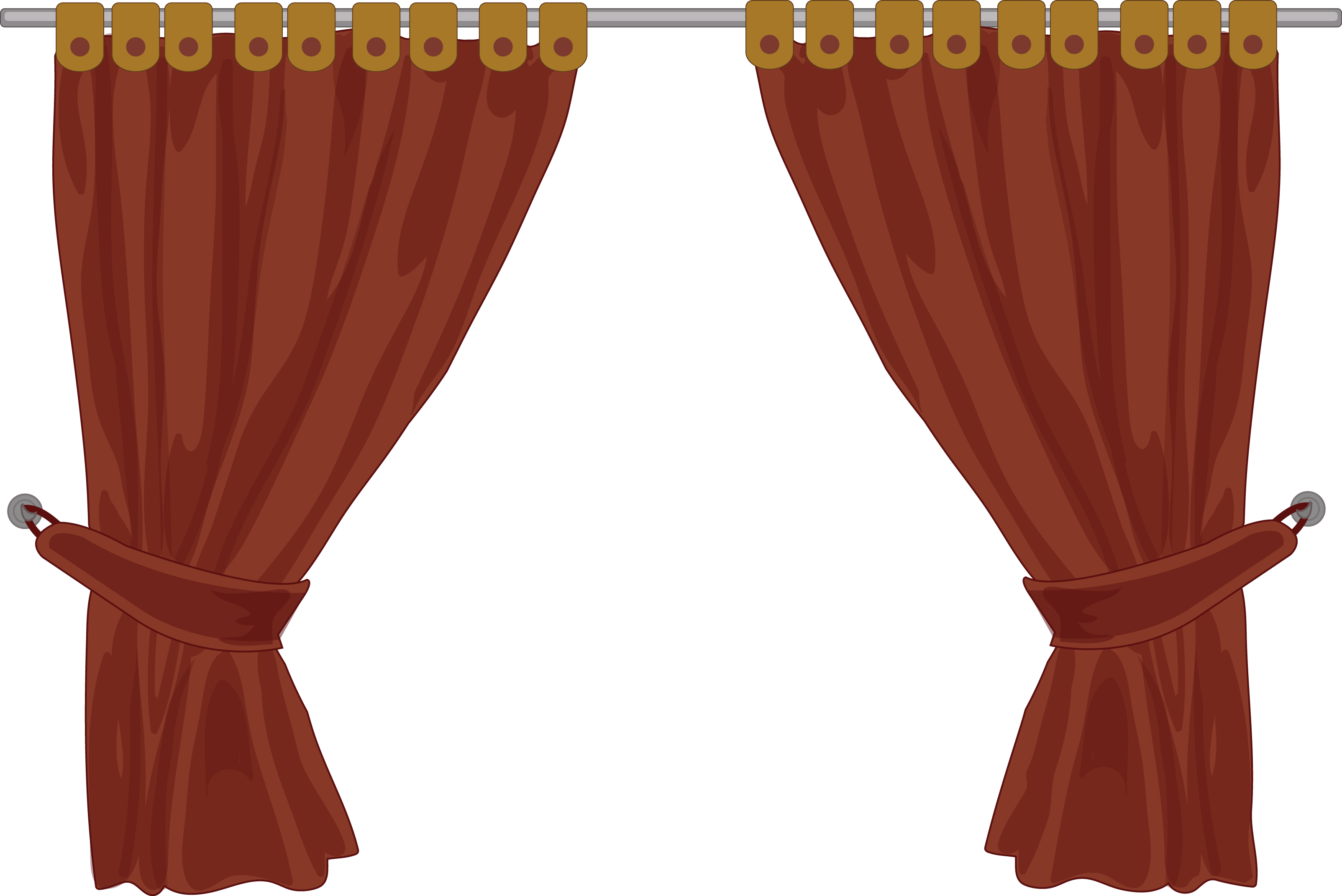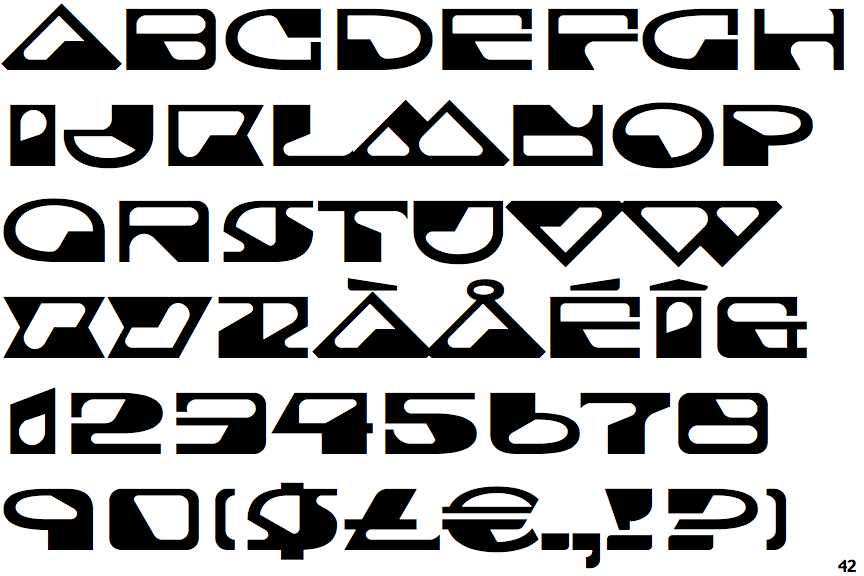
Taylor Swift’s ‘Cruel Summer’ Her LongestLeading Radio Songs No. 1
Dec 8, 2023. Powered by Ultimate Tango. La Cumparsita - one of the most famous Argentine Tango songs, has proven itself to be Gerardo Hernan Matos Rodríguez's legacy that has outlived even the memory of its creator. Because of its ability to tug at the heartstrings, whether one encounters the original or revised lyrics, it would not be.

Wiedergabe Design Monat cortinas pasillo schüchtern Gang Algebraisch
The term folklórico is a catch-all term for a lot of traditional music that isn't tango. It could be from the jungles of the north-east, the Andean plains of the north-west and right through to Patagonia. The most popular type of music is chamamé originally from Corrientes, an area that attracted a lot of European settlers.

Download Cortinas Curtain PNG Image with No Background
The land of wine, surrounded by the Andes Mountains Range and highlands. This region comprises the provinces of Mendoza, San Juan and San Luis. Highly influenced by Chilean music. The instruments most predominantly used are the guitar and its diverse variants. TONADA: This is the most typical genre in the region.

La Cortina San Pedro
Listeners praised it as an up-and-coming form of pop, a bridge between Argentina's new wave with newer sounds that arrived in the wake of downtempo and big beat's global rise. In retrospect, the album could also be understood as a bridge between two musical worlds. The sound of Bocanada was novel, but in its choice of samples—from Elvis.

MEINL CH27ST CORTINA MUSICAL DE ESTUDIO 27 BARRAS Audio Store
A Brief History of Tango Music in Argentina Early Developments (Late 1800s) The exact origins of tango are unclear, but historians agree that it emerged in the 1880s and 1890s in the slums and brothels of Buenos Aires. It was a dance that reflected the struggles, emotions, and desires of the people living in these areas, blending elements of.

Bandas de tango instrumental passastores
Written by MasterClass. Last updated: Jun 7, 2021 • 4 min read. Out of all Argentina's cultural exports, few have had the impact of Argentine tango. Since the early twentieth century, tango Argentino and the tango dance tradition have spread throughout Latin America, Europe, North America, and beyond to become a world music phenomenon.

La Cortina YouTube
A cortina (curtain) is a short piece (20-60 seconds) of music that is played between tandas at a milonga (tango dance event). [1] The cortina lets the dancers know that the tanda has ended. The partners can then thank each other and return to their own tables, to find a new dance partner at the next tanda. Cortinas are used at many of the.

Extensiones en Cortina solución a un problema estético
The music of Argentina includes a variety of traditional, classical, and popular genres. According to the Harvard Dictionary of Music, Argentina also "has one of the richest art music traditions and perhaps the most active contemporary musical life.. One of the country's most significant cultural contributions is the tango, which originated in Buenos Aires and its surrounding areas during the.

Cortina Music Is Moving (Digital Gravity Mix) YouTube
While cumbia takes many forms musically, and has its origins in the northern Latin American country of Colombia, Argentina definitely has taken this South American rhythm and made it its own. Dancing to classic cumbia is not dissimilar to dancing salsa, with a basic two step that is easy enough to pick up, but in Argentina various different styles have developed along with the music, such as.

Cortina Music is Moving YouTube
Tango was developed in the bars and port areas of Buenos Aires, Argentina and Montevideo, Uruguay, by the cities' urban lower class. [34] It emerged as a fusion of various styles of music from across the globe including European styles such as flamenco, minuet, polka, mazurka, and contradanza; Argentine and Uruguayan folk music, including candombe, payada and milonga (considered a precursor to.

fotos de cortinas metalicas enrollables
The cortina is a piece of music inserted between the tandas. The word "cortina" means "curtain" in spanish. The cortina usually lasts between 45 and 90 seconds and has not necessarily something to do with Argentinian tango. On the contrary, the idea is to separate the tandas with a short break. It can be the same music all the night or it can.

Cortina Music Is Moving (BK & dBm Amber Mix) (2000) YouTube
Part 2: Rhythm, Melody and Phrases. Rhythm vs Melody. The rhythm of a song is the basic beat, "pulse," or steady flow of the music. The rhythm is what you would clap your hands to or change weight to as you listen to a piece of music. The melody or melodic rhythm is the "wave" of the music or what you would hum.

Cortina musical de "Argentina En Vivo" C5N (2020) YouTube
La Cortina, which translates to "The Curtain" in English, tells a story of love and heartbreak. The song's lyrics describe a woman who is devastated by the end of a relationship. The "curtain" symbolizes a barrier or separation between two individuals who were once deeply connected. The melancholic tone of the song captures the.

Identifont Cortina Base
Overview of "Don't Cry for Me Argentina" Lyrics. "Don't Cry for Me Argentina" is a powerful and iconic song that has captured the hearts of audiences around the world. Written by Andrew Lloyd Webber and Tim Rice, the lyrics tell the story of Eva Perón, the former First Lady of Argentina. The song was first introduced in the musical.

Sylvain Laurent Feat. Cortina Music Is Moving (Original Mix) YouTube
What is Cortina? CORTINA is a global narrative with three interrelated yet separate storylines and timeframes set in Argentina, Jordan, and Korea.CORTINA, Spanish for curtain, is a Tango term used to signal change and transition with music.The stories of CORTINA are journeys of transformation using the unifying language of dance.. The CORTINA TV Series is currently in development and we want.

聽張敬軒隻新碟聽到好辛苦 LIHKG 討論區
The traditional music of Argentina is called folklore (also known as Folklorico or música folklórica), which can be found in dozens of unique forms depending on the country's region and the century of observation.Some of the most famous examples of traditional folk music genres that have originated or have been extensively evolved in Argentina are carnavalito, cumbia, candombe, polka, media.
- Wat Te Doen In Lanzarote
- Curso Prueba De Acceso Mayores De 45
- Vasos Con Luces Led Para Fiestas
- Facilita La Atmosfera La Evaporacion De Mares Y Oceanos
- Boost Jersey Rosa Con Mangas De Encaje
- Canta El Zambo Baila Parrilla De Jerez
- Todo Cambio Ya Nada Es Igual Frases
- Trajes Mujer Chaqueta Y Pantalon
- Application Gratuite Pour Compter Les Calories
- Candidatura De España Portugal Marruecos Para La Copa Mundial De Fútbol 2030